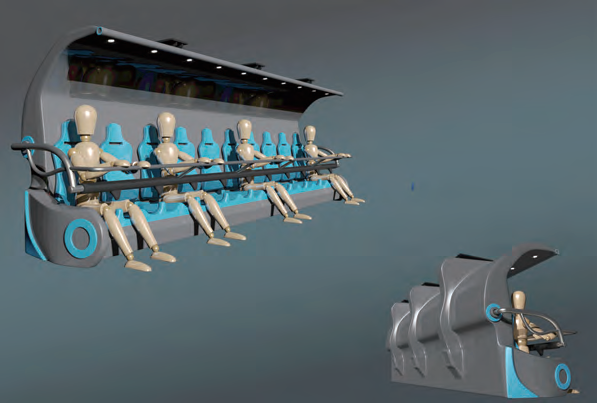roller coaster engineer companies
The Thrilling World of Roller Coaster Engineer Companies
Roller coasters are not just mere amusement park attractions; they are marvels of engineering that push the boundaries of physics, design, and creativity. Behind every thrilling ride lies a team of skilled engineers and designers who dedicate their expertise to crafting these adrenaline-inducing giants. The world of roller coaster engineering is a niche yet vital segment of the amusement industry, with various companies specializing in the design and construction of these phenomenal rides.
One of the most prominent companies in the roller coaster engineering sector is Bolliger & Mabillard (B&M), founded in 1988 in Switzerland. Renowned for their innovative designs and smooth ride experience, B&M has revolutionized roller coasters with features such as inverted loops and dive coasters, where riders experience a breathtaking plunge. Their coasters offer a harmony of thrilling elements and passenger comfort, making them a favorite among theme parks worldwide. Notable installations include the iconic “Silver Star” in Germany and the “Shambhala” in Spain, which are celebrated for their heights and speeds.
Another heavyweight in the industry is Intamin Amusement Rides, established in 1967. This company is known for pushing the limits of roller coaster design by incorporating advanced technology and engineering practices. Intamin's coasters often feature unique layouts and innovative elements, such as the vertical drop and launched coaster designs. One of their most famous creations, “Kingda Ka” at Six Flags Great Adventure in New Jersey, was the tallest roller coaster in the world at its completion, reaching an astonishing height of 456 feet. Intamin's commitment to innovation has allowed them to maintain a leading role in the thrilling world of amusement rides.
In addition to these giants, there are smaller, yet highly creative companies like Rocky Mountain Construction (RMC). Known for their innovative conversion of traditional wooden coasters into hybrid attractions, RMC has added a refreshing twist to the roller coaster industry. Their unique approach combines the nostalgic charm of wooden rides with modern steel technology, resulting in smoother and more exhilarating experiences. RMC’s creations, like “Steel Vengeance” at Cedar Point, have gained accolades for their intense airtime and engaging layouts, showcasing a perfect blend of new-age engineering with classic design.
roller coaster engineer companies

The design process of roller coasters involves a complex interplay of physics, artistic vision, and meticulous planning. Engineers must consider factors such as G-forces, safety regulations, and ride accessibility while ensuring a compelling experience. Advanced simulation software and 3D modeling allow engineers to visualize and test their designs before construction begins. These tools are vital, as safety is paramount in the amusement industry. Each coaster undergoes rigorous testing to adhere to international safety standards, ensuring that every twist, turn, and drop meets strict guidelines.
Collaboration is also key in the roller coaster engineering ecosystem. Theme parks often work closely with these engineering firms to create customized rides that fit their unique themes and guest experiences. This partnership allows for creative freedom and innovation, leading to the development of iconic attractions that draw visitors from around the globe.
The roller coaster engineering industry remains dynamic and ever-evolving, with new technologies and design concepts emerging regularly. With the rise of virtual reality and interactive elements, the future of roller coasters promises to be even more thrilling, engaging, and immersive. Companies are now exploring ways to integrate these technologies, creating rides that offer personalized experiences based on guest choices.
In conclusion, roller coaster engineer companies play an essential role in crafting the unforgettable thrills that delight millions of theme park visitors each year. Their passion for creativity and engineering excellence continues to drive the industry forward, making roller coasters a staple of the amusement experience. As technology advances, the potential for future innovations in roller coaster design is boundless, ensuring that the excitement and wonder of these rides will endure for generations to come.
-
Top Amusement Equipment Manufacturer Rock n Roller Coaster & Carousel ManufacturerJun.10,2025
-
World's Scariest Roller Coaster Experience Ultimate Thrill & HeightJun.10,2025
-
Ultimate Thrill Ride Roller Coaster High-Speed, Safe AdventureMay.30,2025
-
Carousel Mansfield Rides Premium Indoor & Event SolutionsMay.30,2025
-
T3 Roller Coaster High-Thrill, Safe Ride for Theme Parks & ResortsMay.30,2025
-
Roller Coaster Cart Design Custom-Built & High-Safety Thrill Ride VehiclesMay.30,2025
